With the recent spate of natural disasters – Hurricanes Harvey, Irma and Maria, two earthquakes in Mexico and multiple fires in California – we’ve been given a wake-up call to get prepared. You never think it can happen to you, and then it does. So in honor of Emergency Preparedness Month, let’s review a few things you can do to get ready now.
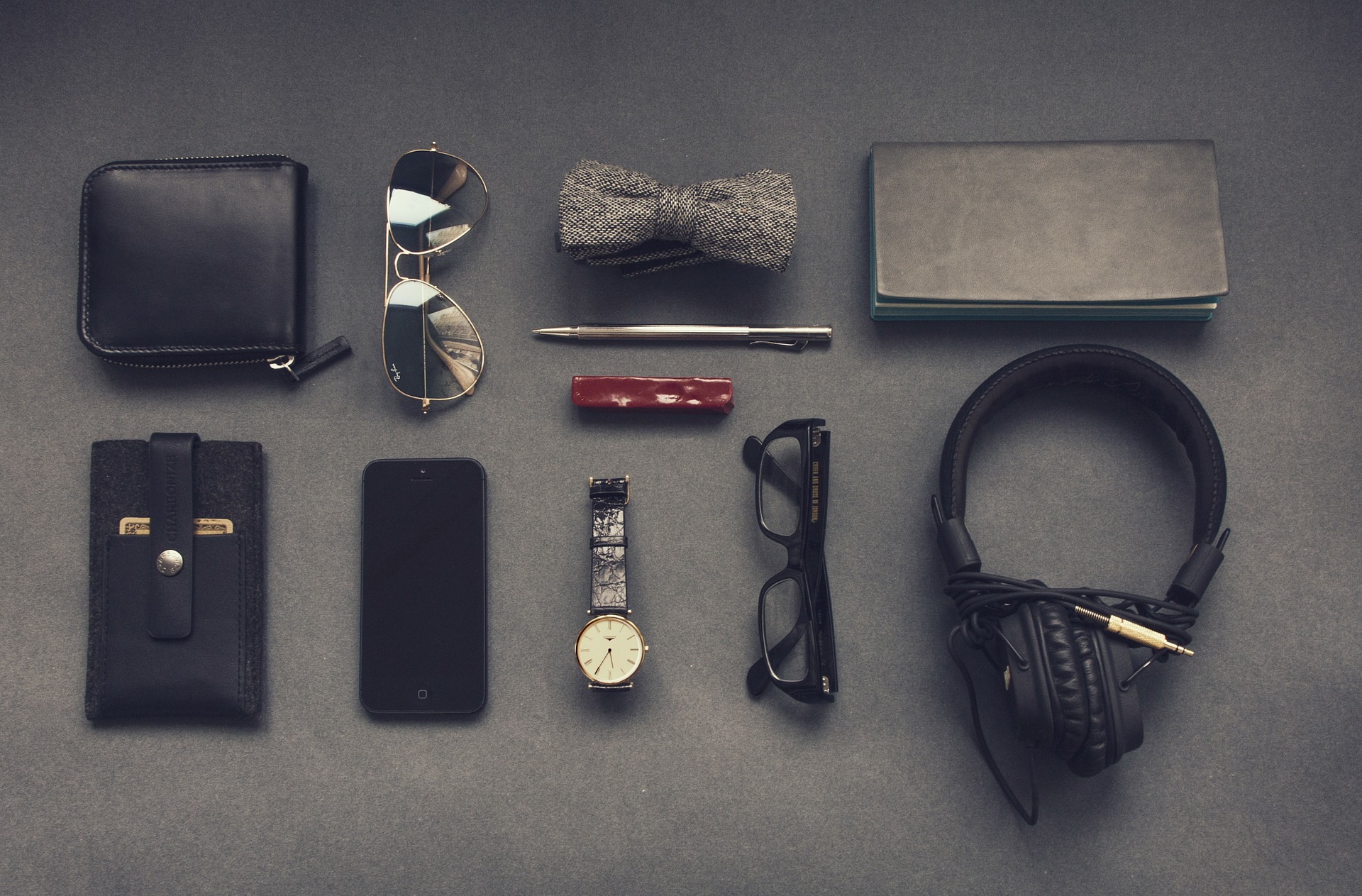
Step One: Create a Routine
Living in earthquake country, I am religious about going to sleep with the following items by my bed:
- My Ugg slippers with sturdy soles – in case I have to run across broken glass or escape outside.
- My purse – so I’ll have my ID and cash within easy reach.
- My car keys – a must! I always check to make sure my car keys are inside my purse, so we can get away, if necessary.
- My jewelry – while least important in an emergency, at least I can dump it all into my purse if there’s time.
Other routines:
When I used to have a one-hour commute from home, I always made sure I had running shoes in my car in case driving home wasn’t an option. There was no way I was going to walk those 22 miles in 3-inch heels!
Keep $100-$300 in small bills: if we’ve lost power and access to ATMs, we can still buy small sundries and not have to fork over a $20 bill for a $1 bottle of water.
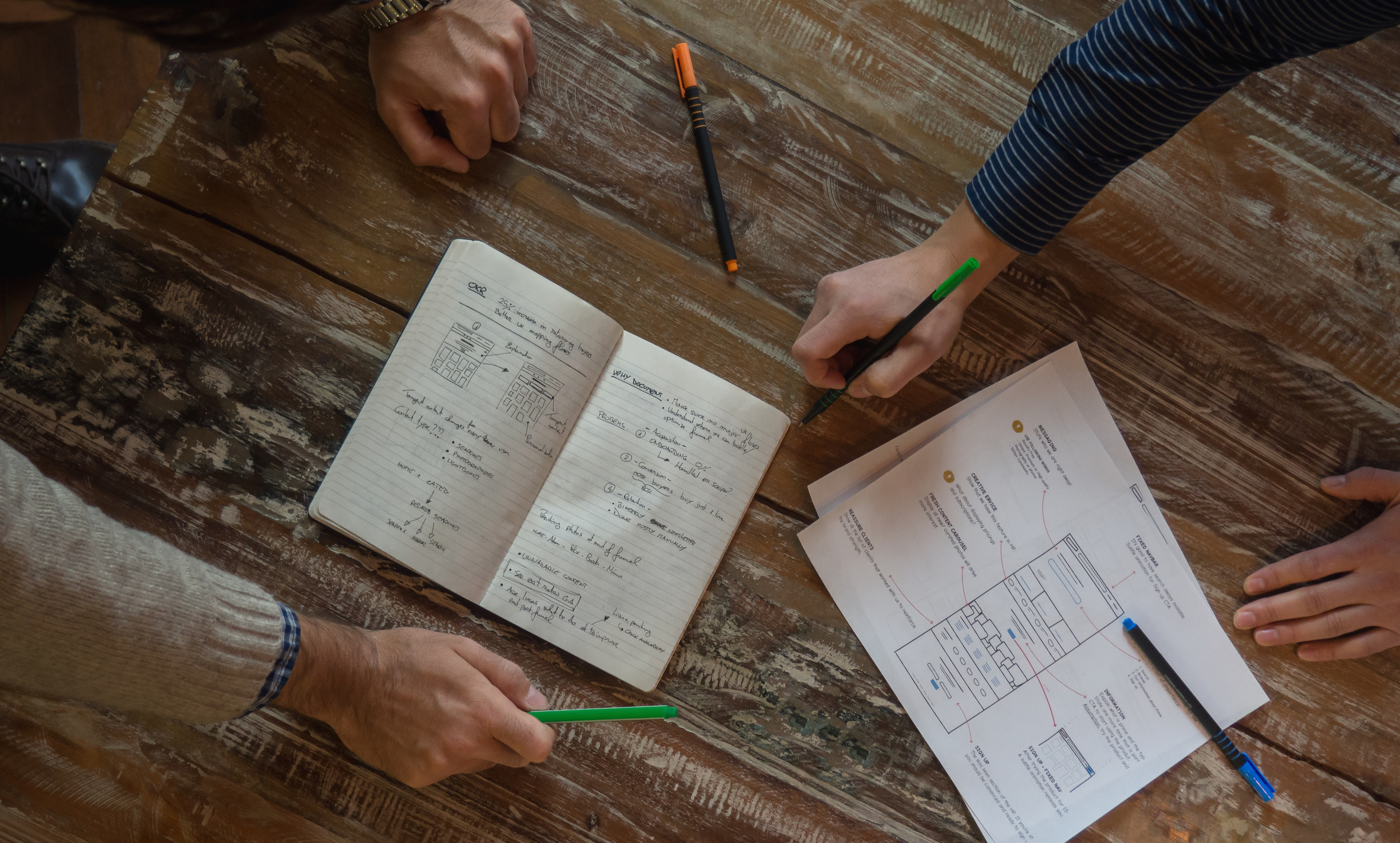
Step Two: Make a Plan
When disaster strikes, what’s next? How will you and your family escape? Do you have an established meeting place for your family in case you are separated?
If not, you need to create an emergency plan. Evaluate the kind of emergency – whether a terrorist attack or natural disaster – and if it’s better to shelter in place or somewhere outside your home. If it’s outside your home and you’re using different exits, pick a tree or street corner to meet. If everyone is coming from different locations (work, school, etc.), pick a place where everyone will meet.
Also, identify an out-of-town family member or friend who everyone should contact in case you are separated. If local cell phone service is down, you may still be able to make landline long-distance calls. This out-of-town contact can help connect you with each other.
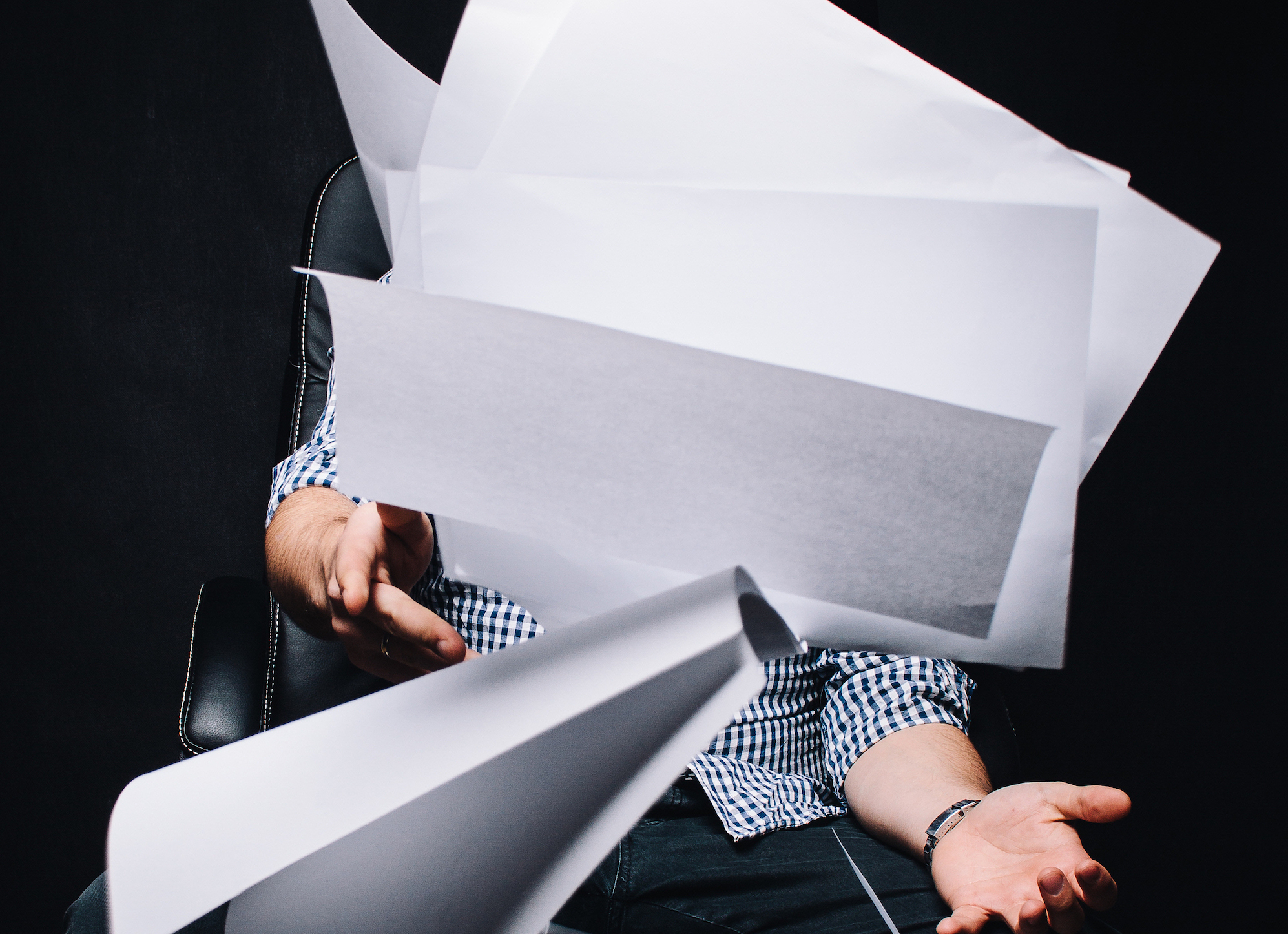
Step Three: Gather Your Documents
Finally, do you know all the important paperwork you should collect and take with you in an emergency? You won’t be thinking clearly, so now is the time for you to put together that set of documents. Key items should include:
- Passports
- Wills & trusts
- Home ownership documents
- Health care directives
- Health & life insurance policies
- Birth certificates
- Marriage license
- Social Security cards
There are several tools to help guide you to gather these documents as well as compile lists of contacts (your family members, attorney, doctors, friends, neighbors), your bank/savings/investment accounts, passwords, etc.
Two products that do this are the Smead Life Documents Drawer Kit and the “What if?” Emergency Binder.
Smead Life Documents Drawer Kit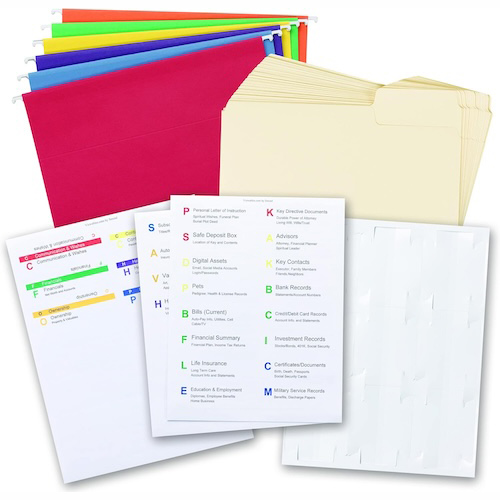
Simply print, fill out, and place key files and forms inside one of these handy firesafe and/or waterproof organizers from Amazon. Choose among an accordion file organizer just for documents, an accordion file & box for documents and larger items like laptops, hard drives, etc., and this fireproof and waterproof storage box. I love for their grab-and-go portability, along with convenient compartments for files, passports and other important items.
Accordion File Organizer by Fun Storage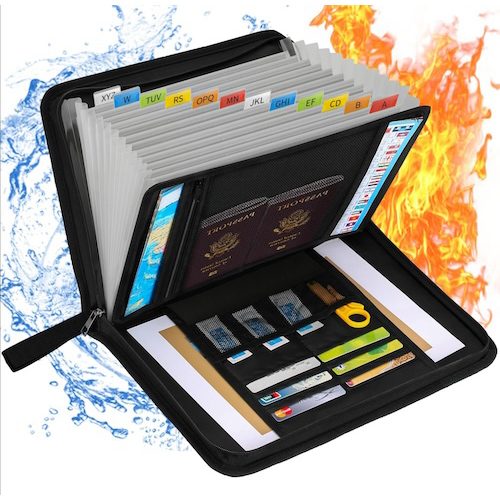
File Organizer and Storage Box by ENGPOW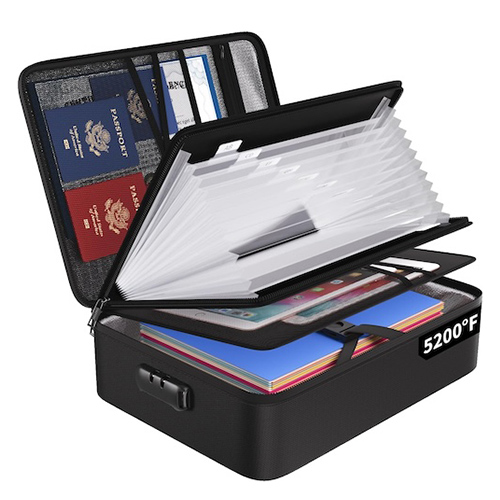
A few recommended free online tools include Erik Dewey’s The Big Book of Everything (available as PDF or Excel) or University of Minnesota Extension’s Roadmap for Important Papers with downloadable forms here.
With these three steps, you’ll be prepared and have the peace of mind to face the unexpected.
What is the first step you are going to work on? Do you have a routine that you suggest we follow? Please share in the comments!

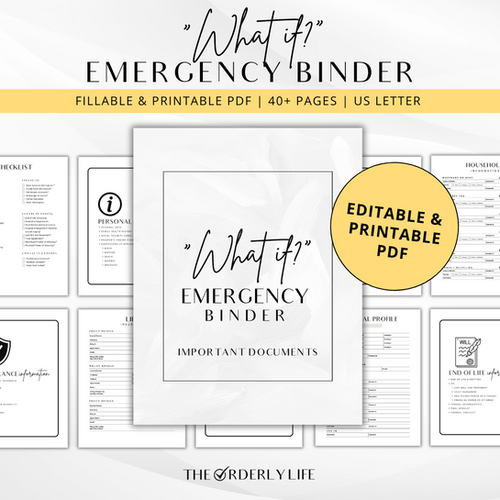
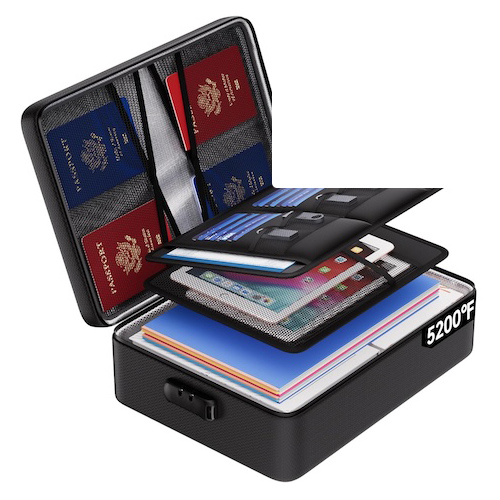


Leave a Reply
Want to join the discussion?Feel free to contribute!